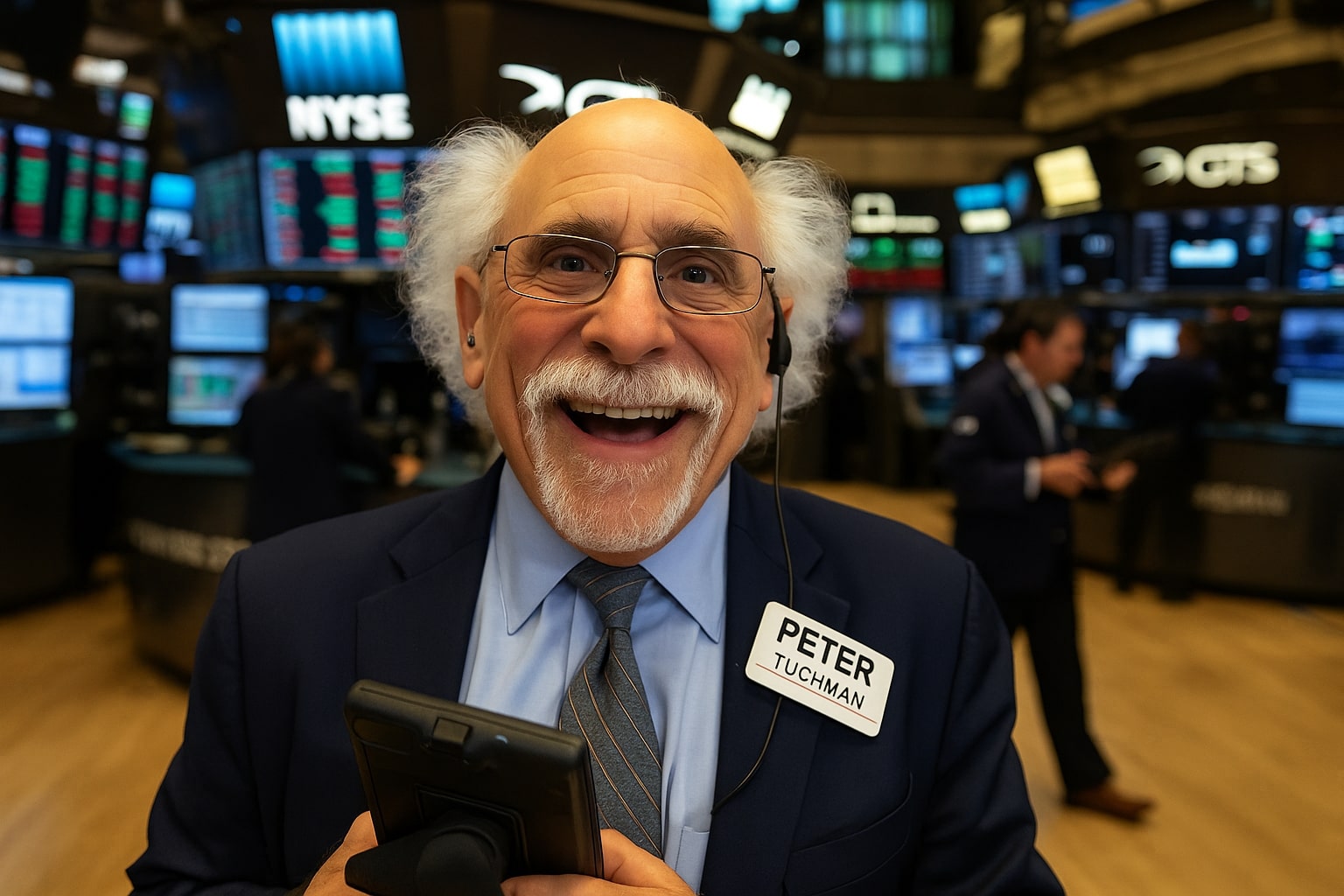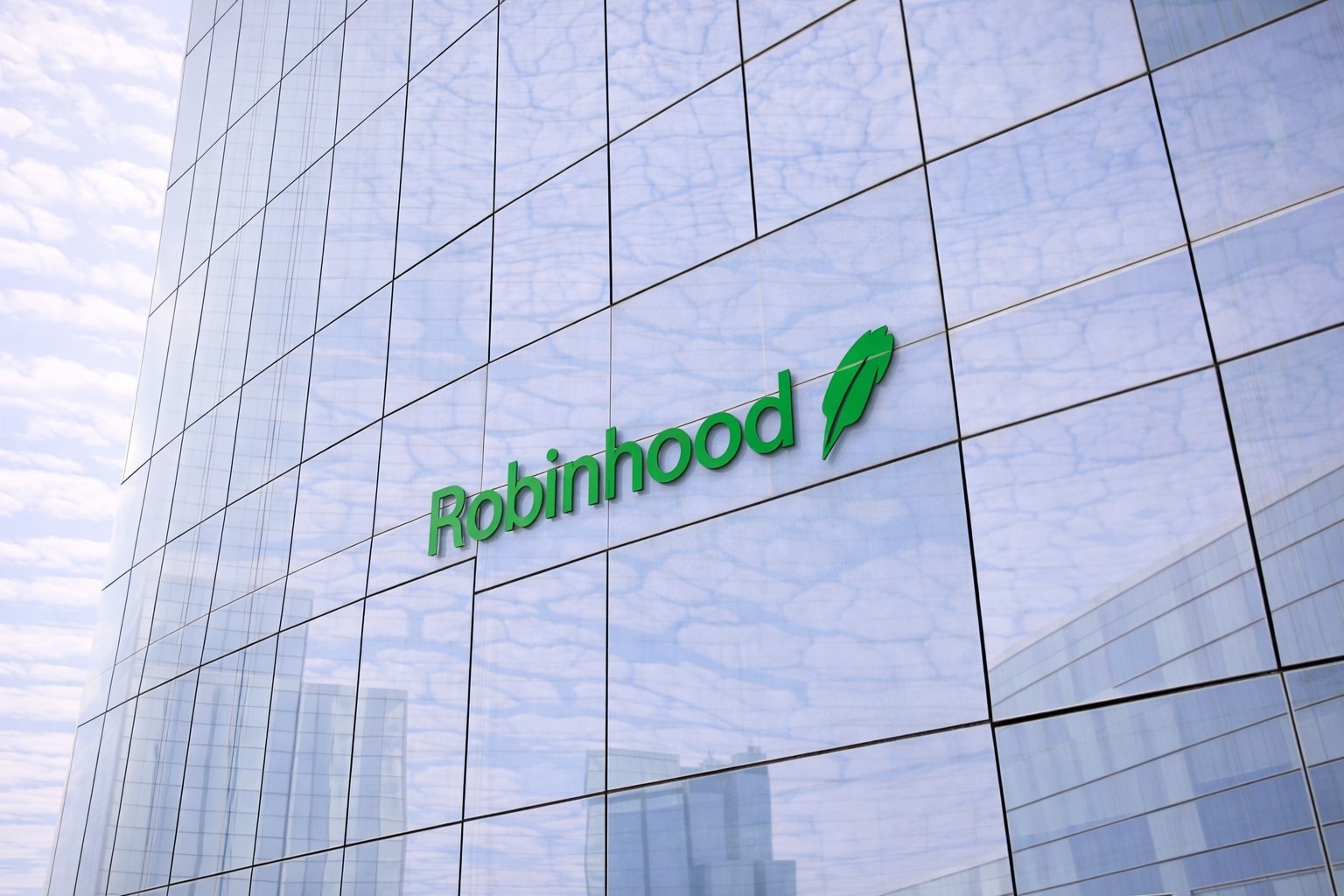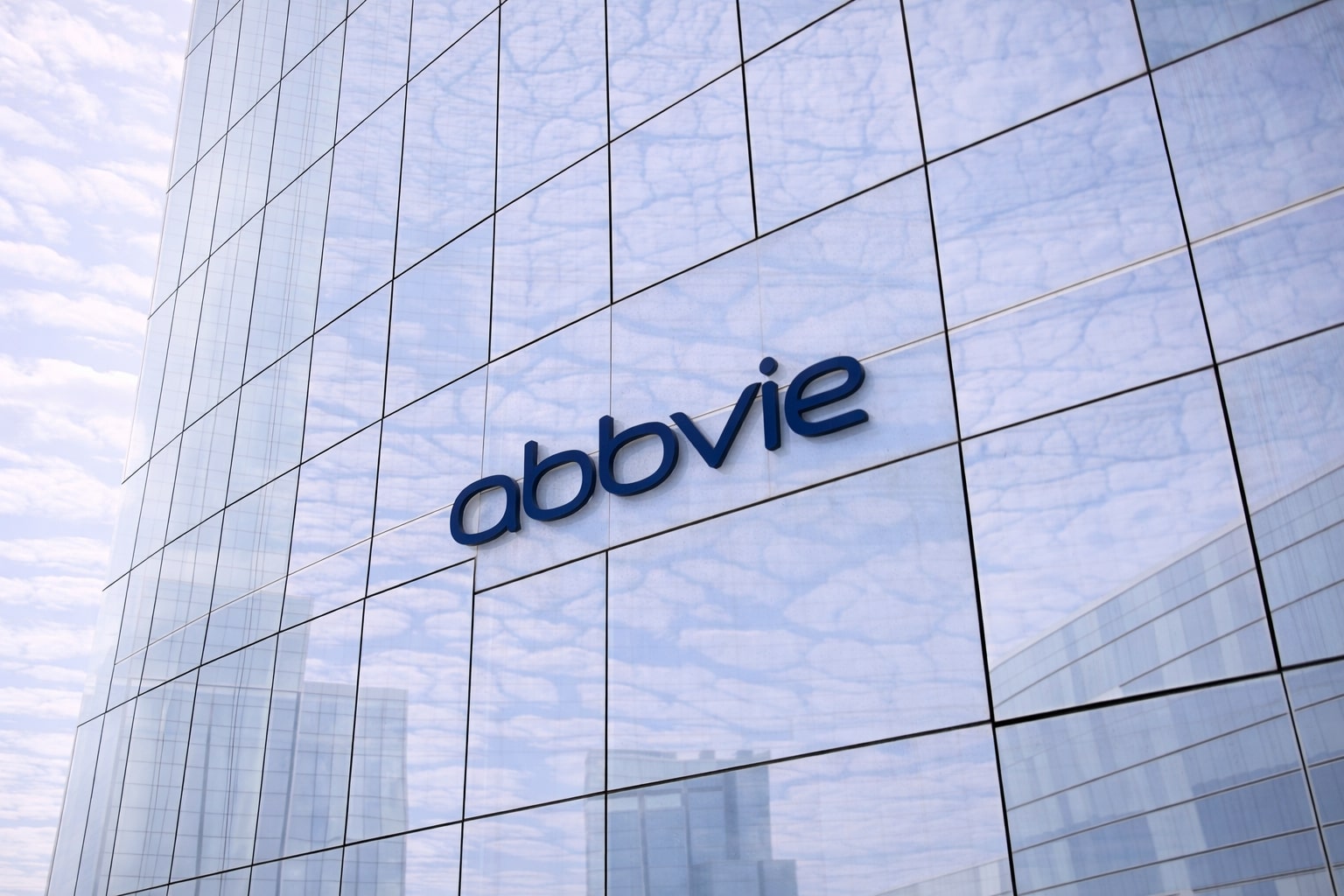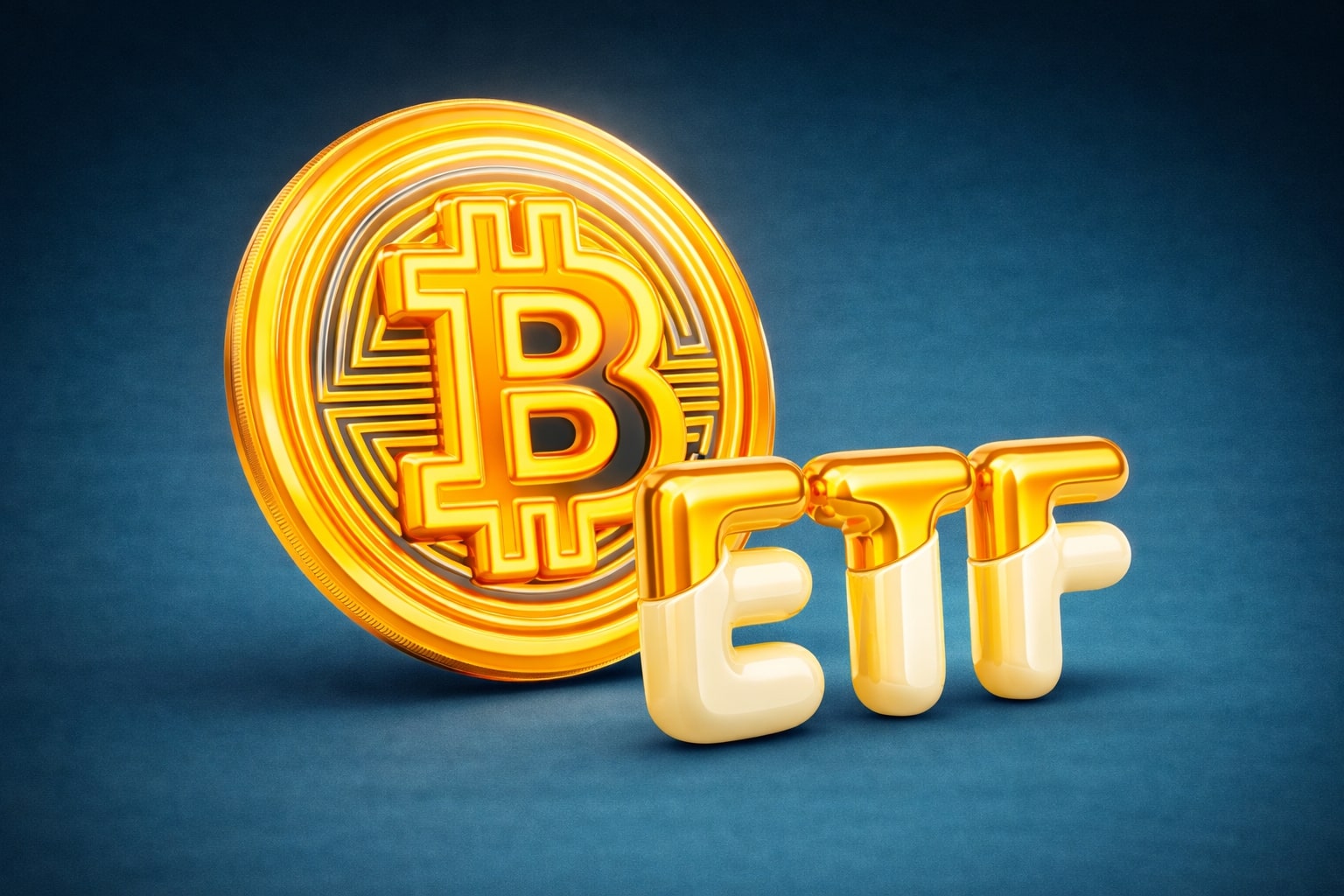Nasdaq (^IXIC), S&P 500 (^GSPC), Dow (^DJI) Shift Lower After Record Run as Fed Looms
Markets hesitated Tuesday after a euphoric streak of record closes, with the Nasdaq Composite (^IXIC) slipping 0.26% to 21,123.75, the S&P 500 (^GSPC) losing 0.22% to 6,375.49, and the Dow Jones Industrial Average (^DJI) falling 0.42% to 44,647.12. The early morning rally fizzled out as investors braced for Wednesday’s Federal Reserve policy decision, digesting soft labor market data, mixed earnings, and escalating tariff threats under the Trump administration.
Momentum that carried U.S. indices to historic highs has entered a digestion phase. With valuations stretched and technical indicators flashing caution, capital began rotating out of broader index plays into individual stock names driven by earnings. The VIX ticked up to 15.20, and Treasury yields dropped as the 10-year note fell to 4.353%, signaling defensive posturing across asset classes.
BOEING (NYSE:BA) Beats Revenue Forecasts but Sinks on Production Caution
Boeing (BA) delivered a top-line beat at $22.7B, eclipsing consensus of $21.68B, while cutting adjusted loss per share to $1.24, significantly better than the $1.40 forecast. The most impressive turn was its cash burn, which shrank to $200M in Q2 from $2.3B in Q1 and $4.3B a year earlier. Still, investors punished the stock, sending it down 2.79% to $229.82, as Boeing refrained from announcing an increase in 737 Max production. With overhangs around global aviation demand and exposure to EU tariffs on aerospace components, Boeing remains volatile. Verdict: HOLD, anchored by improved financials but awaiting regulatory and volume clarity.
SPOTIFY (NYSE:SPOT) Collapses as Q2 Revenue, EPS Miss Crater Sentiment
Spotify (SPOT) shares plunged 11.9% to $617.59 after missing both top- and bottom-line expectations. Revenue came in at €4.19B ($4.86B), short of the €4.27B forecast, while adjusted loss per share of €0.42 sharply missed estimates for a €1.97 profit. Currency swings wiped out €104M in revenue, but the core issue was slowing monetization momentum despite improved subscriber figures. With recent cost cuts and podcast de-emphasis failing to buffer margin deterioration, investor patience wore thin. Verdict: SELL, as pricing leverage and innovation catalysts remain elusive.
SAREPTA THERAPEUTICS (NASDAQ:SRPT) Explodes on FDA Clarity, Still Down 86% YTD
Sarepta (SRPT) soared 20.88% to $16.75 after the FDA lifted its voluntary hold on Elevidys, its gene therapy for ambulatory Duchenne patients. After shedding over 85% YTD amid safety concerns tied to three deaths, this greenlight removes the most immediate overhang. Oppenheimer sees the stock reaching $37 in 12–18 months — a 167% upside — though that still sits far below the $150.48 high from a year ago. Verdict: BUY (Speculative) for high-risk investors betting on post-regulatory rebound, but clinical data safety remains under close watch.
PAYPAL (NASDAQ:PYPL) Sinks Despite Beat as Investors Doubt Margin Sustainability
PayPal (PYPL) dropped 8.67% to $71.44, despite reporting stronger-than-expected revenue and EPS. Transaction margin dollars rose, and Venmo volumes jumped 12%, the fastest growth in three years. But the rally lost steam on tepid guidance and no visible product catalysts. With competition from Apple Pay and BNPL players intensifying, and the company under activist scrutiny, the path forward remains murky. Verdict: HOLD, unless management can define a more aggressive strategy around monetization and user growth.
NOVO NORDISK (NYSE:NVO) Tumbles as Wegovy Growth Slows, Guidance Cut
Novo Nordisk (NVO) cratered 21.7% to $54.03 after slashing its full-year revenue and profit outlook. Lower-than-expected U.S. growth for Wegovy and Ozempic triggered investor panic just days ahead of its official Q2 earnings on August 6. Despite still being a top global play on weight-loss and GLP-1 drugs, slowing U.S. script velocity and insurer pricing pressures pulled the rug from under the rally. Verdict: SELL, until visibility improves and guidance stabilizes.
UNITED PARCEL SERVICE (NYSE:UPS) Crashes Nearly 10% on Continued Guidance Silence
UPS (UPS) fell 9.78% to $91.65 after it again refused to provide guidance, citing volatility from Trump-era tariffs and weak cross-border demand. EPS was in-line and revenue marginally ahead, but the lack of forward visibility two quarters in a row is deeply unsettling to institutional money. With China tariffs tightening and trade route volumes declining, UPS remains under pressure. Verdict: SELL, amid macro exposure and management opacity.
CONSUMER & INDUSTRIALS: Whirlpool (NYSE:WHR), P&G (NYSE:PG), Stellantis (NYSE:STLA) Warn on Tariffs
Whirlpool (WHR) collapsed 11.93% to $86.23, cutting full-year EPS to $6–8, down from $10, and slashing its dividend nearly in half. The company cited Trump tariffs and weak U.S. appliance sales as the culprits. Procter & Gamble (PG) also flagged a $1B profit hit due to tariff exposure, despite stronger-than-forecast results. Shares eased 0.12% to $156.92. Meanwhile, Stellantis (STLA) dropped 1.23% to $9.58 after projecting a $1.7B tariff impact, a €2.3B H1 net loss, and reduced operating cash flow. Industrial margin compression is accelerating. These names remain exposed. Verdict: SELL WHR and STLA, HOLD PG pending consumer response into Q3.
LABOR AND MACRO SIGNALS: Slower Jobs Market, Stronger Dollar, Consumer Confidence Diverges
June’s job openings declined to 7.44M, the lowest since March. Hiring fell to 5.2M, quits stagnated at 2%, and the hiring rate hit a 7-month low at 3.3%. The Conference Board’s Consumer Confidence Index rose to 97.2, but current job sentiment slipped for a seventh month. Notably, 18.9% of respondents said jobs were hard to get, the highest since early 2021. This divergence suggests rising unease in the labor market as tariff-driven cost pressures filter through.
The U.S. Dollar Index (DXY) rallied to 98.94, climbing on the back of a renewed EU trade deal and safe-haven flows ahead of the August 1 global tariff deadline. As of now, Canada, Mexico, South Korea, and Taiwan remain outside finalized agreements, raising stakes for supply chains.
MAG 7 WATCH: Nvidia (NASDAQ:NVDA) Leads Early, Big Tech Earnings Incoming
Nvidia (NVDA) gained early Tuesday after news broke it had placed a 300,000-unit order for its China-focused H20 chips from TSMC, citing extraordinary demand. The move added to an inventory base of 600K–700K chips already stockpiled. Despite an intraday pop, NVDA settled 0.20% lower at $176.39, likely on profit-taking. Other Mag 7 names — Microsoft (MSFT), Amazon (AMZN), Apple (AAPL), and Meta (META) — traded cautiously ahead of earnings. Analyst expectations center on cloud growth and AI CapEx discipline. Verdict: BUY NVDA on dips, HOLD rest until earnings clarity.
WALL STREET OUTLOOK: VIX Ticks Higher, Positioning Still Not Crowded
Equity positioning, according to Goldman Sachs’ equity sentiment index, remains at neutral (0) despite the S&P 500 hitting repeated highs. This constrained allocation suggests room for further upside if earnings continue to surprise positively. According to Deutsche Bank, investor positioning lags behind EPS growth trends, supporting the narrative of a rally fueled by earnings—not sentiment excess. Still, caution is advised as headline risks—from Fed commentary to China's tariff status—could quickly shift momentum.
FINAL VERDICT: MARKET PAUSING, NOT REVERSING — HOLD S&P 500, BUY NVDA, SELL TARIFF-EXPOSED NAMES
This is a market pausing, not collapsing. Broad valuations are high but not euphoric. Labor is softening, but not breaking. Earnings beats are abundant, but tariff clouds and Fed policy are capping upside. Hold S&P 500 exposure, reduce cyclicals tied to trade like UPS, WHR, STLA, and accumulate selective AI or biotech exposure such as NVDA and SRPT. Avoid stocks lacking visibility or growth conviction. Use Powell’s press conference and Friday’s jobs report as catalysts to reposition.



















